CiteSpace101-research tool for trend analysis
AI-powered insights into research trends.
Conceptual and practical guide on visualizing scientific literature with CiteSpace
What is CiteSpace for?
What are the design principles of CiteSpace?
What is a typical workflow of using CiteSpace for a systematic scientometric review?
What is the role of the duplicate removal function in CiteSpace?
Related Tools

SciSpace
Do hours worth of research in minutes. Instantly access 287M+ papers, analyze papers at lightning speed, and effortlessly draft content with accurate citations.

Citation and Reference Finder
Paste a given sentence or assertion, and the Citation and Reference Finder will generate citations from academic journals that support the assertion. Example: "Intralesional kenalog has been found to be helpful in treating itch and pain in areas of scar t

HIX Scholar
The best AI research assistant for students and researchers. With access to 300M+ papers, HIX Scholar helps you get science-based answers, engagement in essay collaboration, supporting and opposing evidences.

論文要約くん
落合陽一先生の論文読み方フォーマットで論文を分かりやすく解説してくれます。論文を全文読み、詳細な解説を提供します。プロンプトはいりません、PDFかURLを送るだけです。

论文终结者
助你快速解析文献的研究助手。

Citation Copilot
Academic citation assistant and converter.
20.0 / 5 (200 votes)
Introduction to CiteSpace101
CiteSpace101 is an advanced tool designed for visualizing and analyzing trends and patterns in scientific literature. It helps researchers, scholars, and analysts to make sense of large volumes of academic papers by providing insightful visualizations that reveal the structural and dynamic properties of a research field. The primary design purpose of CiteSpace101 is to assist users in detecting emerging trends, finding intellectual turning points, and understanding the development trajectories of a scientific domain. For instance, in a scenario where a scholar is exploring the evolution of machine learning research, CiteSpace101 can highlight key papers, authors, and topics that have significantly shaped the field over time. By visualizing co-citation networks, keyword bursts, and other bibliometric indicators, the tool enables users to identify crucial patterns, such as shifts in research focus or the emergence of new research paradigms.

Main Functions of CiteSpace101
Co-Citation Analysis
Example
A researcher wants to understand the foundational studies in the field of deep learning. By using co-citation analysis in CiteSpace101, they can identify the most frequently co-cited papers and visualize how these papers cluster together to form intellectual bases of the field.
Scenario
This function is particularly useful when one needs to identify the core literature that has laid the groundwork for a specific research domain, enabling a deeper understanding of how ideas and theories have developed over time.
Burst Detection
Example
An analyst is tracking the rise of interest in blockchain technology. By applying burst detection, CiteSpace101 can highlight terms or authors that have seen a sudden increase in citations, indicating a rapid growth of interest in those areas.
Scenario
This is critical for identifying emerging trends and topics that are gaining momentum, allowing users to stay ahead of the curve in fast-evolving research fields.
Timeline Visualization
Example
A historian of science is investigating the development of theories on climate change. Timeline visualization in CiteSpace101 allows them to map out the chronological order of significant publications and observe how concepts have evolved.
Scenario
Timeline visualization is ideal for tracking the historical development of a research field, helping users to see the sequence and timing of key publications and how they relate to one another.
Ideal Users of CiteSpace101
Academic Researchers
Researchers and scholars who need to conduct comprehensive literature reviews, identify key trends, and discover intellectual turning points in their fields. They benefit from CiteSpace101's ability to reveal the structural and dynamic properties of scientific knowledge, making it easier to understand the evolution of research topics.
Policy Analysts and Decision Makers
Individuals involved in science policy and strategic decision-making can use CiteSpace101 to monitor the development of specific research areas, identify emerging technologies, and assess the impact of scientific research on societal issues. The tool's visual analytics capabilities help them to make informed decisions based on the latest scientific trends.

Guidelines for Using CiteSpace101
Visit aichatonline.org
Visit aichatonline.org for a free trial without requiring a login or ChatGPT Plus. This is your first step towards leveraging CiteSpace101 for your research needs.
Upload Your Data or Research Papers
Once on the platform, prepare your dataset or research papers that you wish to analyze. CiteSpace101 is optimized for bibliometric and scientometric data, particularly citation networks and co-citation analyses.
Define Your Research Question
Clearly define the research questions you want to explore. Whether it’s identifying emerging trends, influential papers, or the intellectual structure of a field, setting your research objectives is crucial.
Configure CiteSpace Parameters
Set the parameters within CiteSpace101 to tailor the analysis to your needs. This includes selecting the time slicing, node types (e.g., authors, keywords), and visualization options. Consider the analytic principles of optimal foraging and structural variation to maximize your insights.
Analyze and Interpret the Visualizations
After running the analysis, examine the visualizations generated by CiteSpace101. Focus on interpreting patterns such as burst detection, structural holes, and emerging trends to gain meaningful insights into your data.
Try other advanced and practical GPTs
No talk, just code
Efficient AI-powered coding solutions
Kawaii Illust Maker : イラストかわいいや
AI-powered Cute Illustrations Made Easy

Study Buddy
AI-powered study support for personalized learning.
InfoGraphic Creator
AI-powered tool for crafting engaging infographics.

Playground
AI-driven solutions for your ideas.

Old English Translator
AI-powered precision for translating Old English.

Girl Friend
AI-powered tool for mastering conversations.

BypassGPT: Bypass AI Detection
Transform AI-generated content into human-like text.
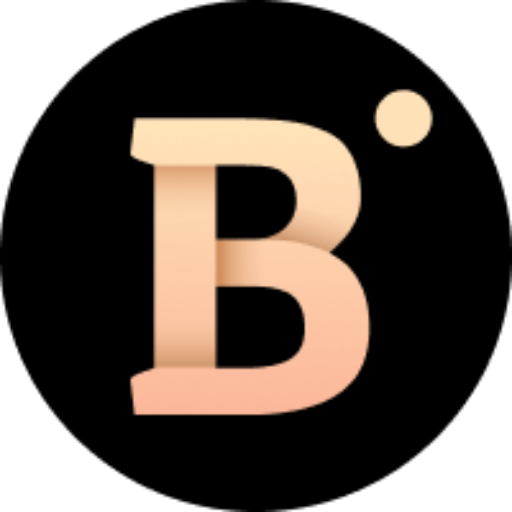
Humanize AI Text
Transform AI text into human-like language
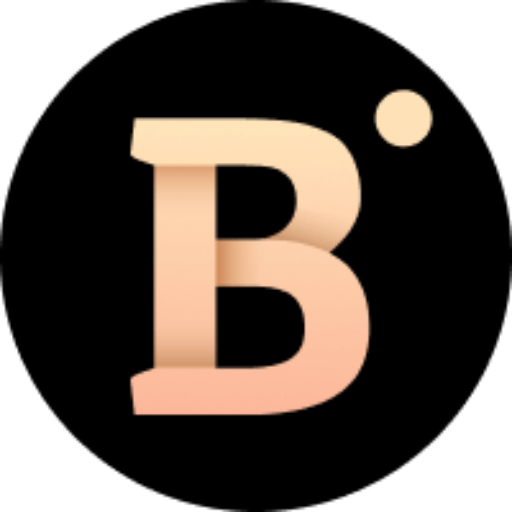
AI Humanizer Pro
Humanize your AI-generated text effortlessly.
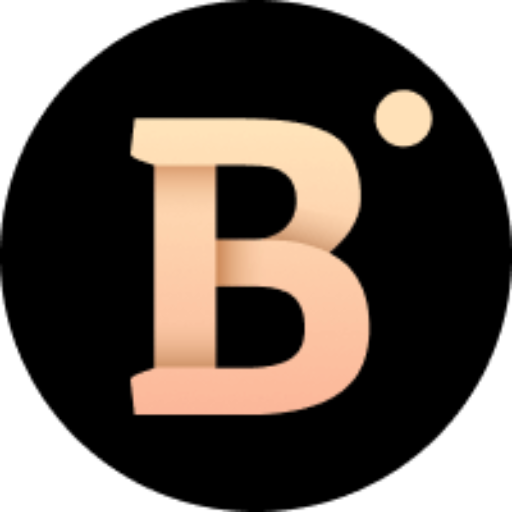
Bypass Turnitin Detection
AI-powered text rephrasing for plagiarism-free content.
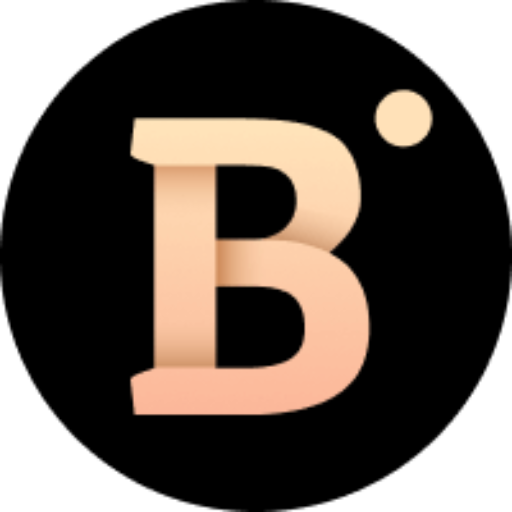
Bypass ZeroGPT & GPTZero
AI-powered humanization for your text.
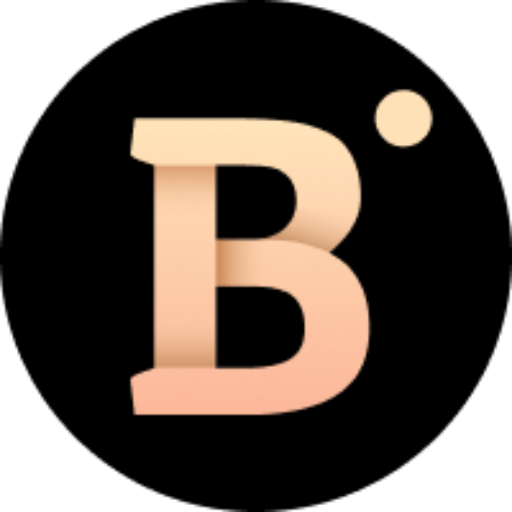
- Trend Analysis
- Literature Review
- Citation Mapping
- Research Discovery
- Topic Evolution
CiteSpace101 Q&A
What is the primary purpose of CiteSpace101?
CiteSpace101 is designed for the visualization and analysis of trends and patterns in scientific literature. It helps researchers identify key developments, track the evolution of research topics, and discover emerging trends within a field.
Can CiteSpace101 handle large datasets?
Yes, CiteSpace101 is capable of processing and analyzing large bibliometric datasets. It efficiently handles complex networks of citations, co-citations, and keywords, providing detailed visual insights even for extensive datasets.
How does CiteSpace101 support academic research?
CiteSpace101 supports academic research by enabling the identification of critical papers, key research clusters, and influential authors. It assists in the systematic review of literature, revealing underlying trends and potential research gaps.
Is prior knowledge of citation analysis required to use CiteSpace101?
While prior knowledge of citation analysis can be helpful, it is not mandatory. CiteSpace101 is designed with user-friendly features that guide users through the process, making it accessible even to those new to bibliometric analysis.
What types of visualizations does CiteSpace101 generate?
CiteSpace101 generates a variety of visualizations, including co-citation networks, burst detection plots, cluster views, and dual-map overlays. These visualizations are key to understanding the dynamics of scientific research fields.